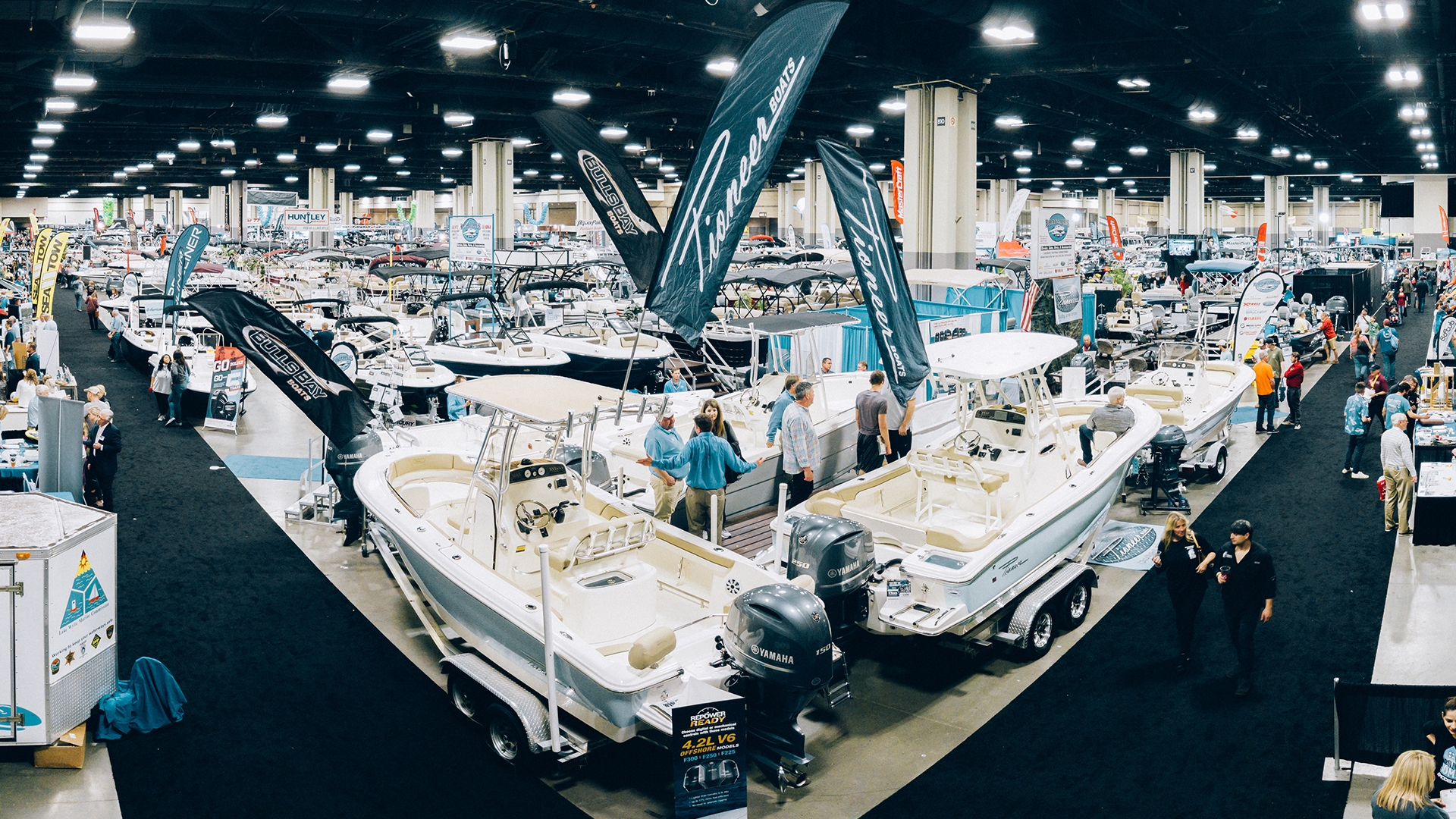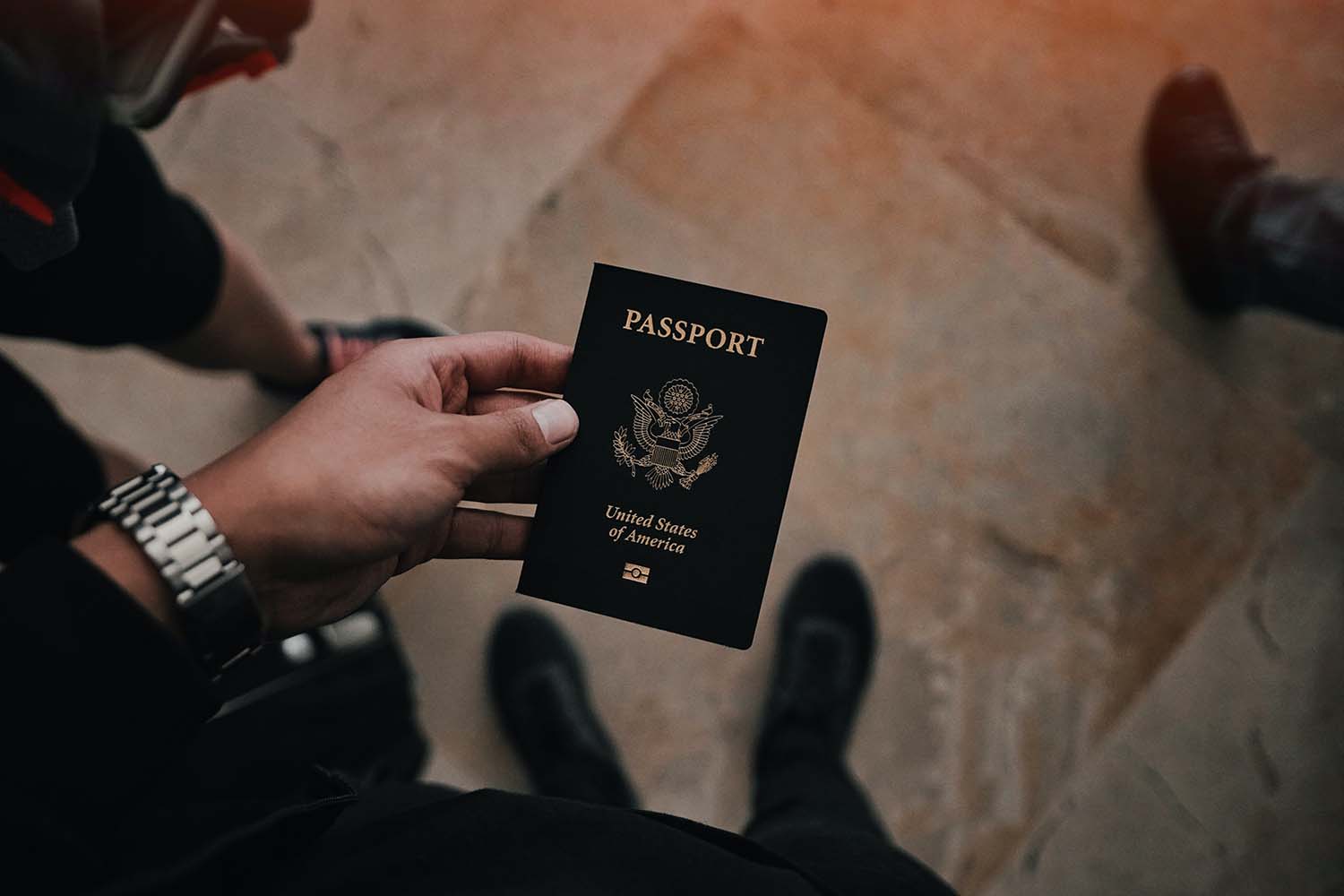Types of Boats and Ceramic Coatings
A boat is an open vessel with a hull and is a great hobby for all. It is made of wood or other natural materials and is used for transportation. Boats are powered by one or more of Newton’s laws of motion. The more force applied to the boat, the faster it can move. A boat needs to push itself backward in order to move forward, and most boats use one of these methods. Here are three different types of boats and ceramic coatings for boats. If you own a boat and want to keep the color and shine of your vessel, you should consider adding a Ceramic Coating.
This type of coating is a polymer that bonds with the underlying surface to form a protective layer that prevents freshwater and saltwater contaminants from damaging your boat’s finish. Ceramic coatings are easy to clean, and they are also highly corrosion-resistant. Additionally, they have a hydrophobic property, so they shed water droplets.Listed below are some of the most common types of boats and coatings.
The first boats used natural materials. The bound-reed style used in ancient Egypt was an early example of a boat. The same is true of the birch bark canoe, animal hide-covered kayaks, and coracles, as well as the dugout canoe made of a single log. As time passed, the use of natural materials declined and boats were made of different materials. In recent centuries, boats have been made of more durable materials, but still require careful maintenance to maintain a beautiful finish.
In the mid-19th century, boat construction began to rely on metal. The French developed a new type of boat construction method known as ferro-cement. This method is based on a steel or iron wire framework reinforced by cement. It is strong, lightweight, and easily repaired. It is also durable and resistant to corrosion. This type of boat construction is also used in boats today. It’s a great alternative to wooden boats and provides the benefits of composite materials without the risk of rot.
A boat can be large or small, depending on the size and type. Small boats are typically found on inland waterways and protected coastal areas. While larger boats are typically used for transportation, some types are specifically designed for recreation. Depending on the purpose, they can be powered by human or wind power. Some boats can even go underwater! And that’s not all. Just as with ships, boats can be used for transportation, recreation, or military purposes.
High performance boats are the Ferraris of sport boats. With their sleek design and powerful engines, they’re great for people seeking a rush on the water. But if you’re looking for a quieter, less expensive option, consider a pontoon boat. A pontoon is perfect for relaxing with family and friends, as well as mild water sports such as skiing. If you’re in the market for a new boat, consider your options and decide on the right one.
Some boats are small and portable, such as canoes, kayaks, paddleboats, and rowboats. While they may not be the most comfortable boats, they’re ideal for overnight cruises. They provide adequate space and are smooth in all types of water. And with many types to choose from, you’re sure to find a boat that’s perfect for your needs. It’s time to make your dream come true!
You may be wondering how ceramic coatings work. Depending on the type of coating, they can last anywhere from 1.5 to two years on boats. However, the marine environment takes its toll. Because of the constant exposure to saltwater and sunlight, ceramic coatings are not nearly as durable as traditional paints. In addition, they aren’t noticeable, so you won’t have to worry about peeling acrylic or clear coats. Additionally, ceramic coatings can be more difficult to clean, so careful research is important.
One benefit of ceramic coatings is their hydrophobic properties. Because of this, water-based contaminants will slide off of the surface of your car. Because of this, you can save a ton of money on carwashes. You can also protect your car from high-temperature damage and wear with ceramic coatings. They are also more resistant to chemicals, which means that they will last longer. Whether you want to protect your car or just keep it looking beautiful, ceramic coatings can help.
While ceramic coatings can improve the look of your boat, it’s important to prep the surface properly. The first step is buffing. This step is important, but many people skip this step altogether, which can lead to an uneven surface. The next step is priming. These products are designed to remove any residue polish from the surface. Then, you can apply two coats of ceramic. The first coat will fill in the gelcoat and seal it, while the second coat will add gloss and shine.
Ceramic coatings are not a substitute for a Paint Protection Film. A PPF is an effective protective film, but Ceramic Coatings create a permanent bond with the paint, which will not wash away or break down. The result is an effective shield against fading caused by ultraviolet rays. This type of paint protects the vehicle’s paint from chemicals and animal waste, which can damage car parts. If you want to protect your vehicle against UV rays, ceramic coatings can provide an ideal solution.
Ceramic coatings are available for both DIY and professional use. If you decide to DIY, you can purchase a ceramic coating kit for less than $100. A DIY kit contains concentrate, sponges for specific jobs, and toppers for different surfaces. You’ll need to read instructions and follow a step-by-step procedure. The DIY method requires less experience and skill, but will produce excellent results. However, it is important to have professional assistance if you’re planning to do a ceramic coating yourself.
There are numerous applications for ceramic coatings on marine vessels. These coatings are made up of nanoparticles of silica that are mixed with an appropriate polymer binder. Because they are so hard, they adhere to hard surfaces like metal, wood, and even plastic. Some types of ceramic coatings are specifically formulated for marine applications, making them ideal for boat hulls and other marine products. Ceramic coatings can also be used to coat entire boats.
A ceramic coating on your boat is a relatively recent advancement in the marine industry. While it was first used on cars, it has been refined in recent years for use on boats. Today, you can expect ceramic coatings to last up to three years. A boat ceramic coating can protect the paintwork of a boat against saltwater, weathering, and sun damage. If you are thinking of adding a Ceramic Coating to your boat, you should consider the pros and cons of these coatings before making the decision.
One drawback of ceramic coatings is that they don’t protect your car from all types of dirt. You will still have to wash it regularly to keep it looking beautiful. Ceramic coatings can cost upwards of $1,000 for a single vehicle, but the benefit of them is worth the investment. When compared to other paint solutions, ceramic coatings offer the greatest protection and shine for your investment. If you have an older vehicle that has not received ceramic coatings, you’ll probably find that it’s more affordable than you thought.
The cost of Ceramic Coatings on boats is relatively high, and professional application can cost several thousand dollars. Compared to traditional waxes and polishes, ceramic coatings last much longer than they do on cars and boats. So, if you want a longer-lasting finish for your boat, this might be the right choice for you. You’ll be happy with the results, and you’ll be able to enjoy the beautiful hull for many seasons to come.
The process for installing a Ceramic Coating begins with preparing the surface. Before applying the ceramic coating, you must remove any old paint, bumps, or ridges that were present before. Then you’ll need to apply a polishing compound. After this, you must remove any leftover polish and clean the area. It’s essential to use a polishing compound, because it’s designed to smooth out the paint.

